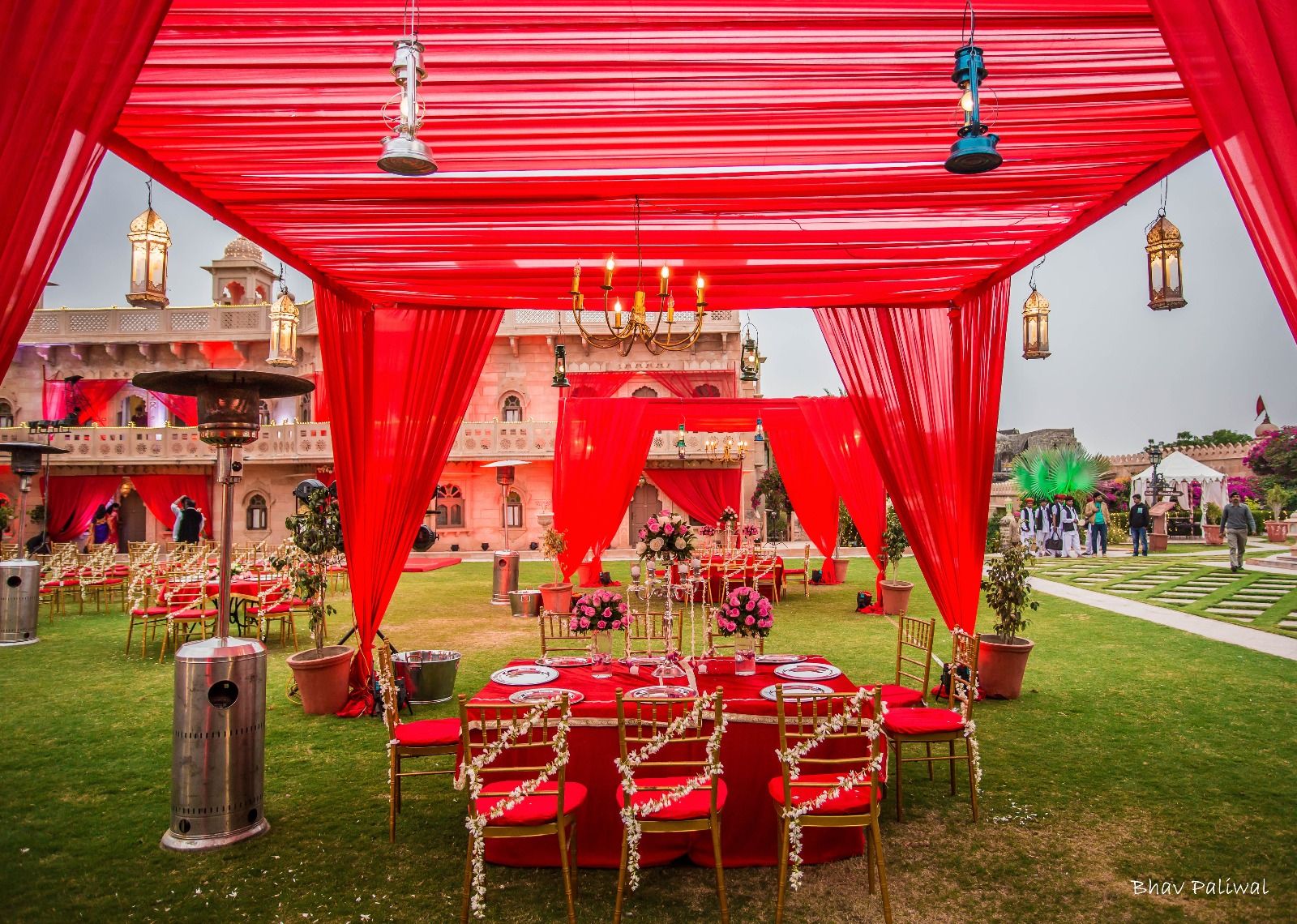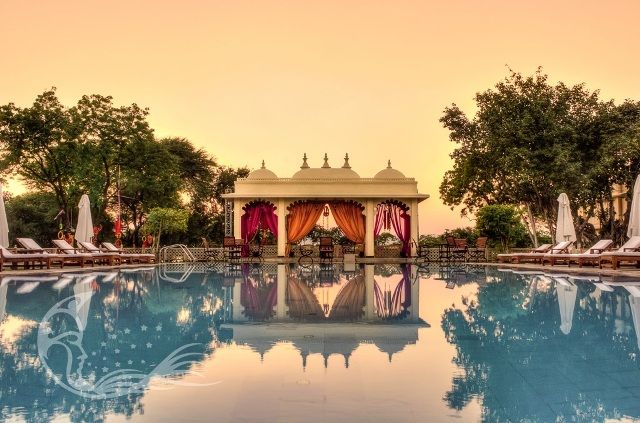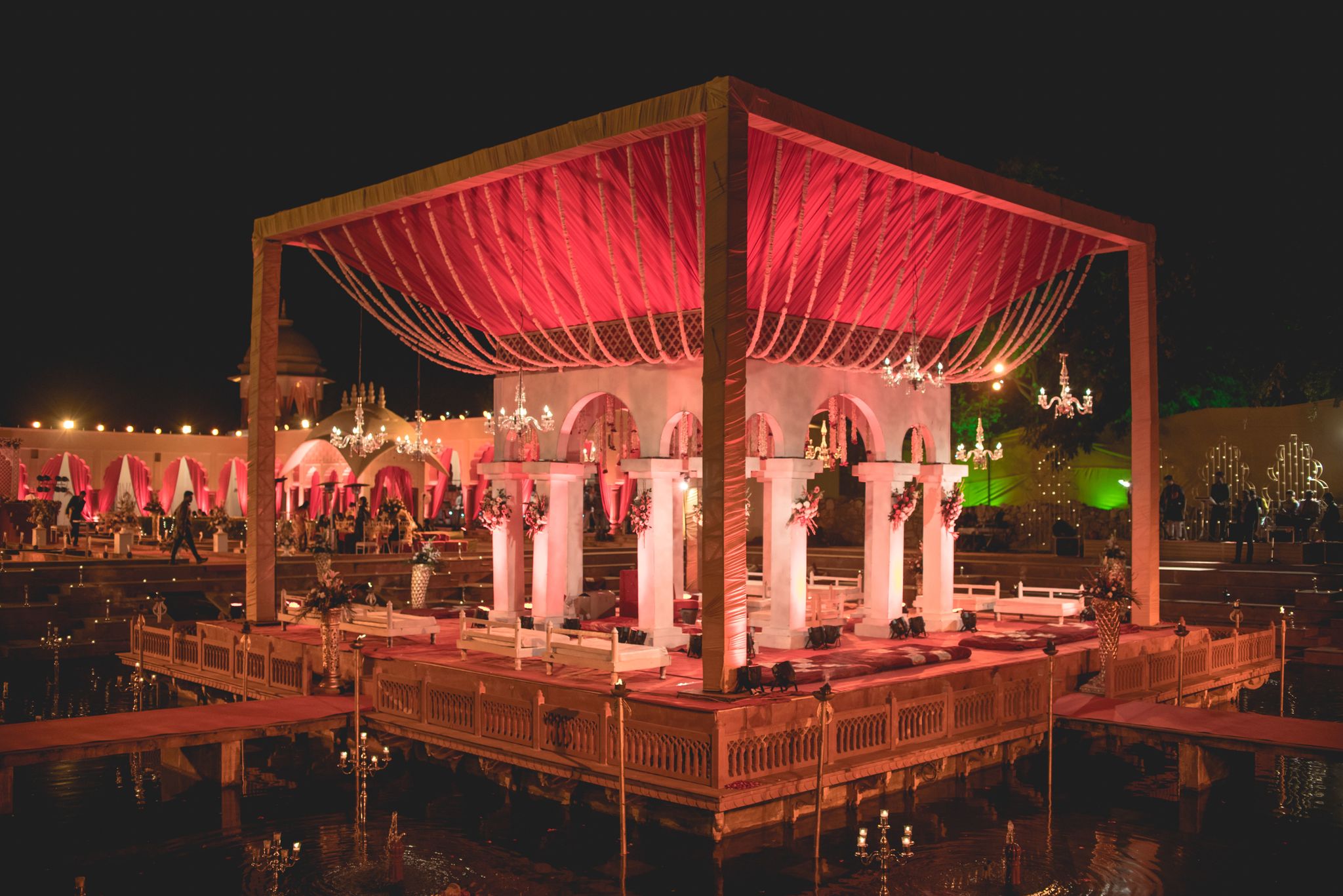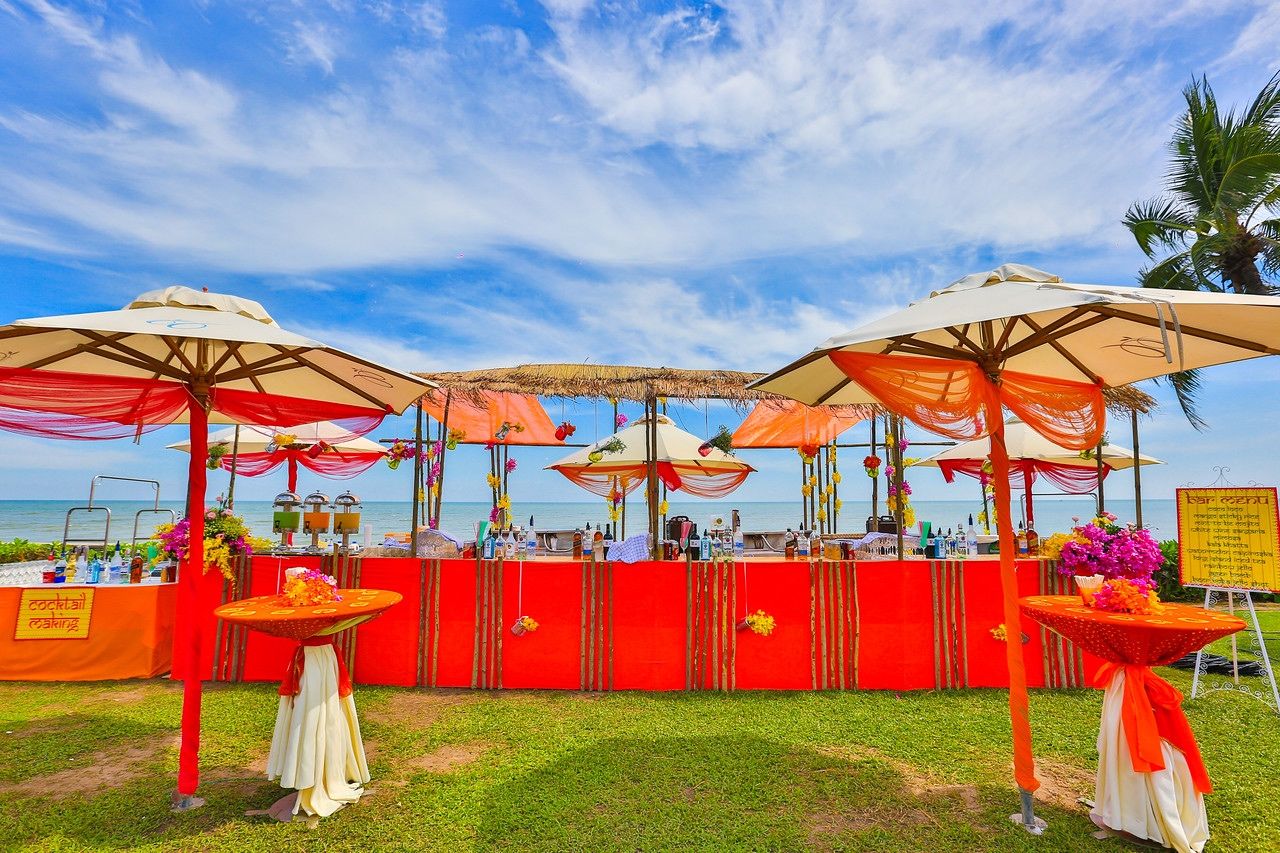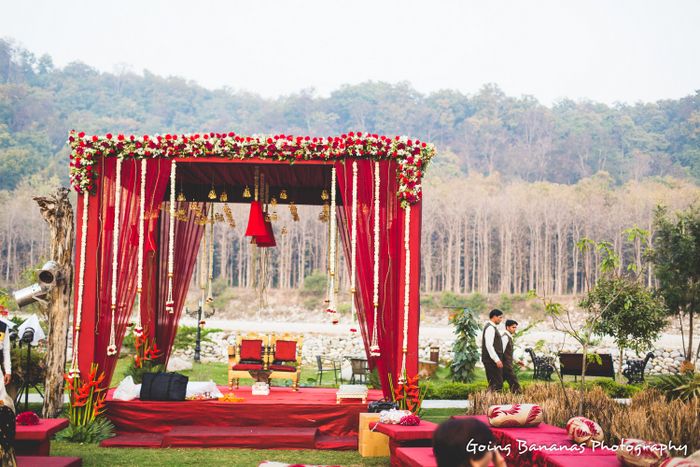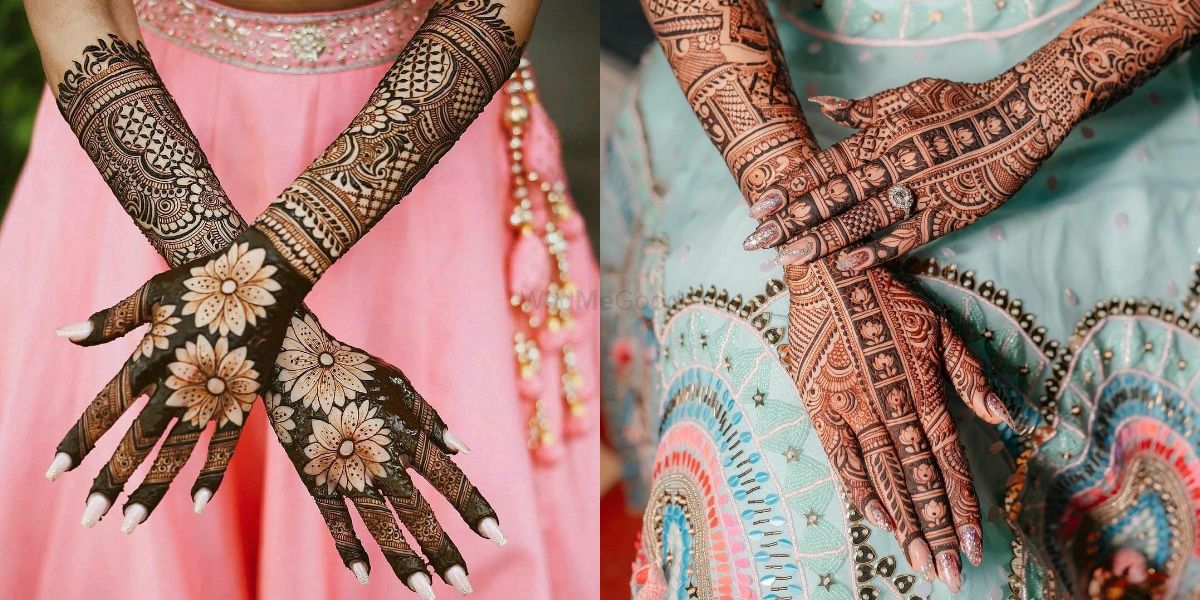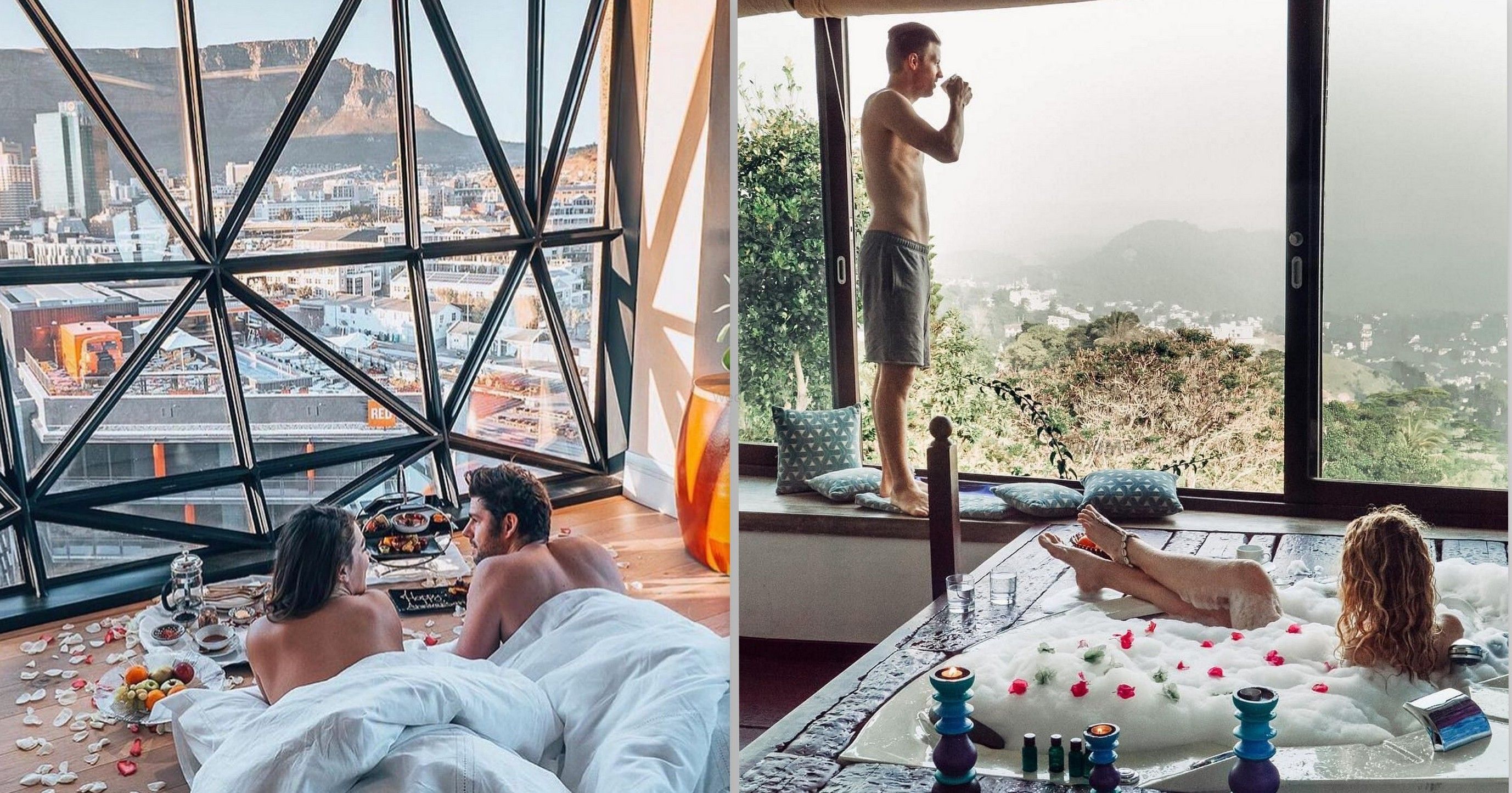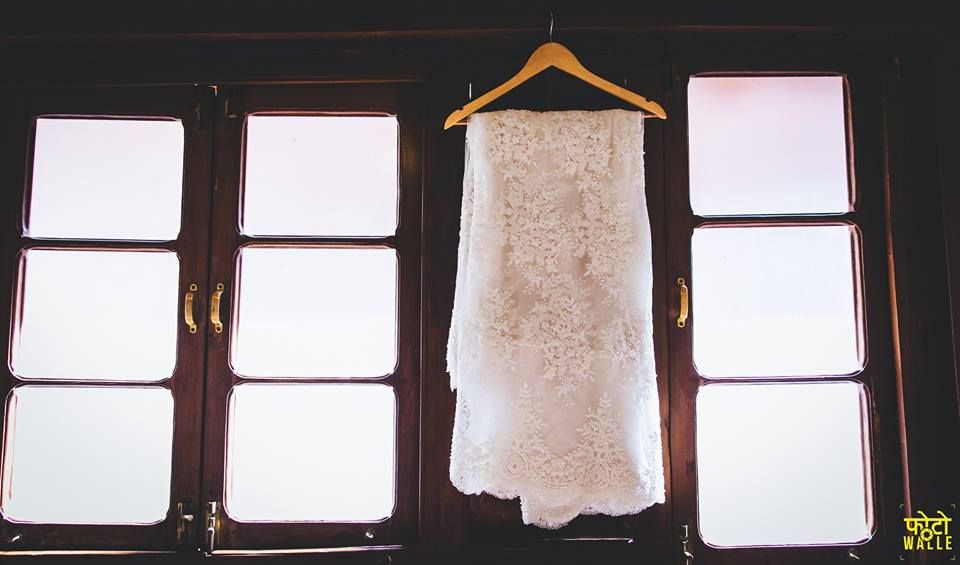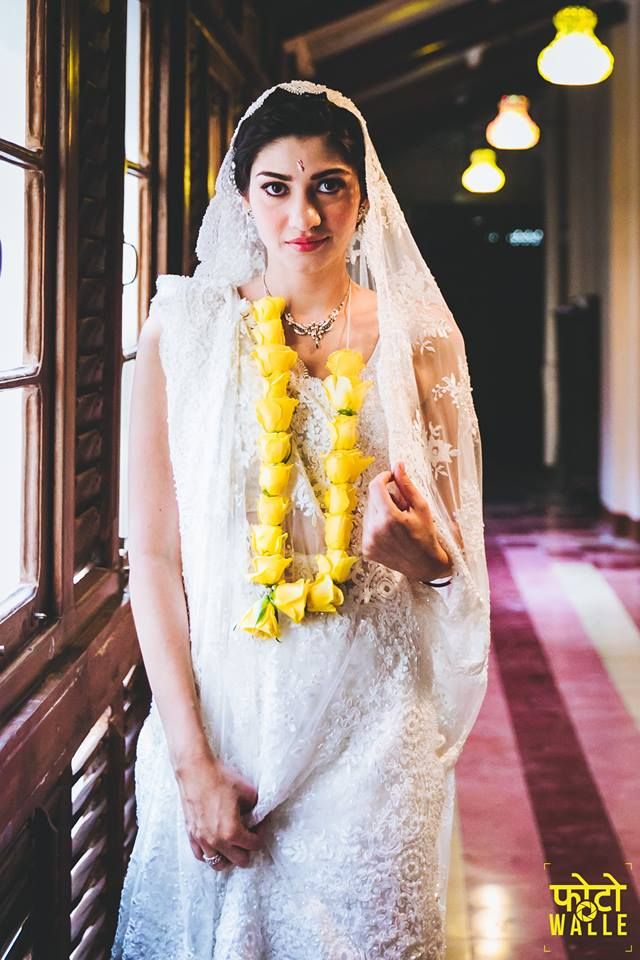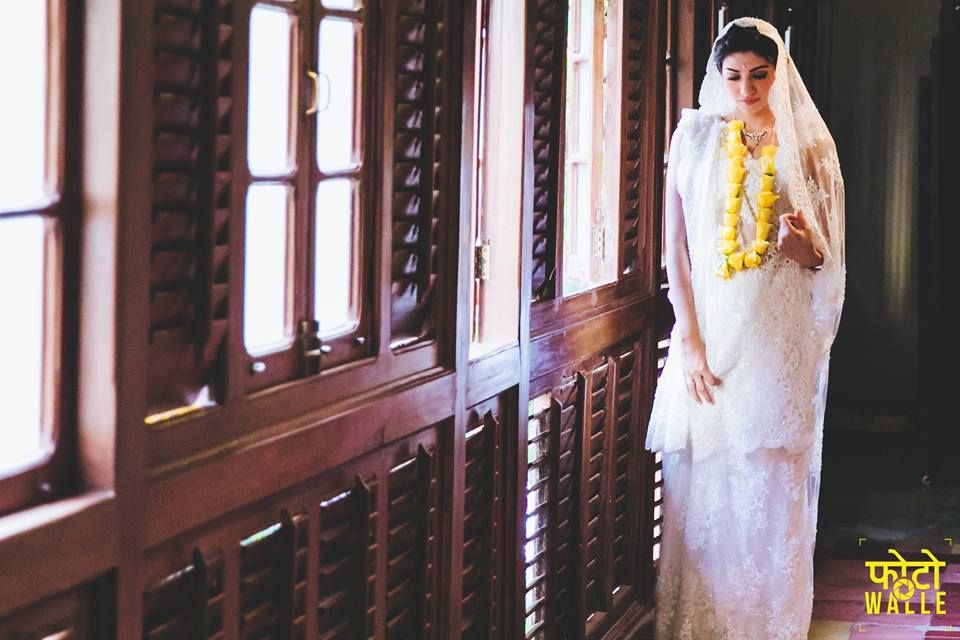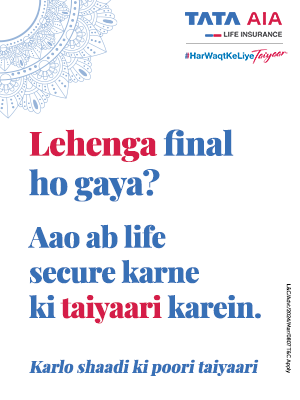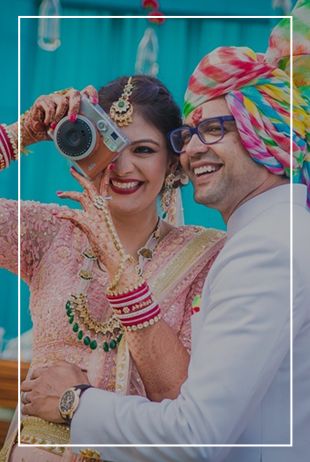#FirstPerson: "Here's What Happens At A Parsi Wedding "
BY Latha Sunadh | 12 Jul, 2017 | 7559 views | 6 min read
Parsi weddings - tell me honestly, how many of you ave attended one? Nada, right! Don't worry, we are all sailing in the same boat. But Parsi weddings have always been my curiosity. The community is small and their weddings, pretty much simple and that's all we know. Time to get to the bottom of it all - we decided to ask one of the WMG brides who had a dreamy Parsi wedding to give us all the details - how, where, when, why and she sweetly obliged.
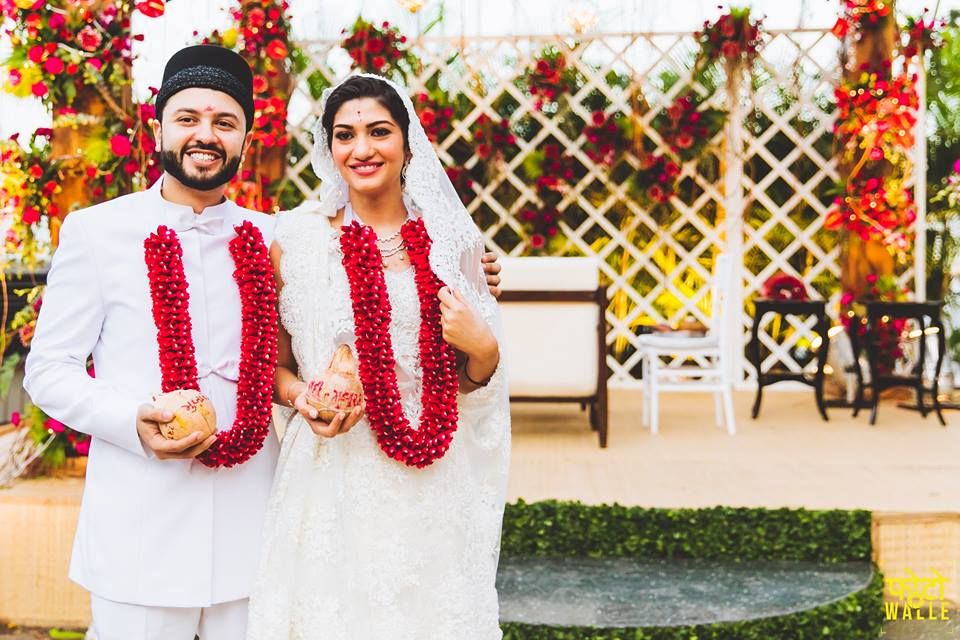
Their beautiful home in the heart of Bombay was the perfect backdrop for these elegant proceedings and a simple registration ceremony later, Rashna and Darius were hitched forever. Read on to know all about this simple wedding ceremony and all the craziness that comes with it straight from the bride's notebook.
Meet Rashna
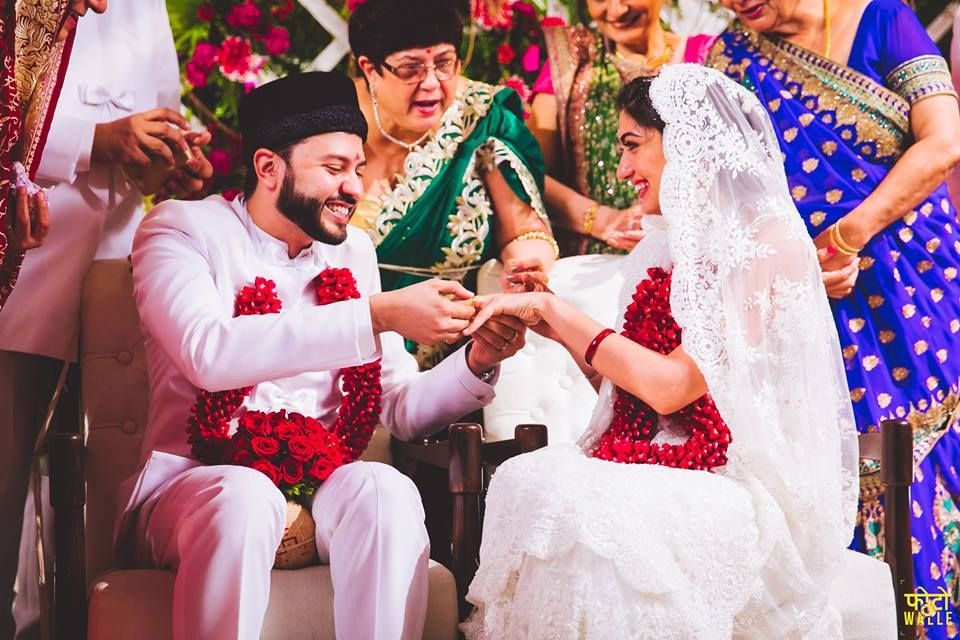
No one does really know what happens at Parsi weddings - they are not over-the-top or have a load of ceremonies, so we decided to give our international guests a note that detailed all of the ceremonies and things - to be honest, they had no idea what was going on.
Anyone who’s been to a Parsi wedding will tell you that it’s all about the food, but before we get there, there’s the minor detail of actually getting the couple married off to deal with. Unlike most other Indian wedding ceremonies, the Parsi ceremony is relatively short (*ahem* an hour short) and simple.
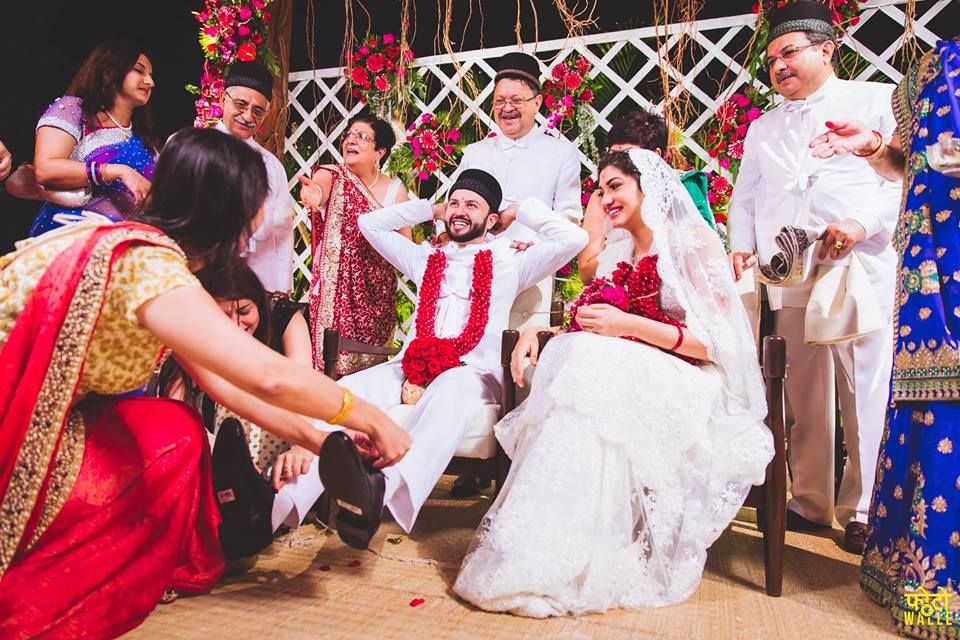
Parsi Rituals
- Parsi Zoroastrians consider sunrise and sunset as the most auspicious times of day to get married. We are (mercifully) not morning people, so our ceremony will be taking place around 6:40 in the evening.
- At the venue, you’ll find a stage decorated with flowers, lights, and set with traditional Parsi divos or lamps—Zoroastrians consider fire to be sacred and a symbol of God’s Wisdom and Light, making it an important part of their rituals.
- The groom will step up to the stage first, welcomed by a female relative of the bride who will perform the ritual Achumichu (*gesundheit *) ceremony, which begins with her circling a coconut around the groom’s head seven times and then breaking it on the floor (the coconut, not his head). She does the same with the remaining items on her silver tray.
- It’s the bride’s turn next, and the same ritual is performed by a female relative from the groom’s side.
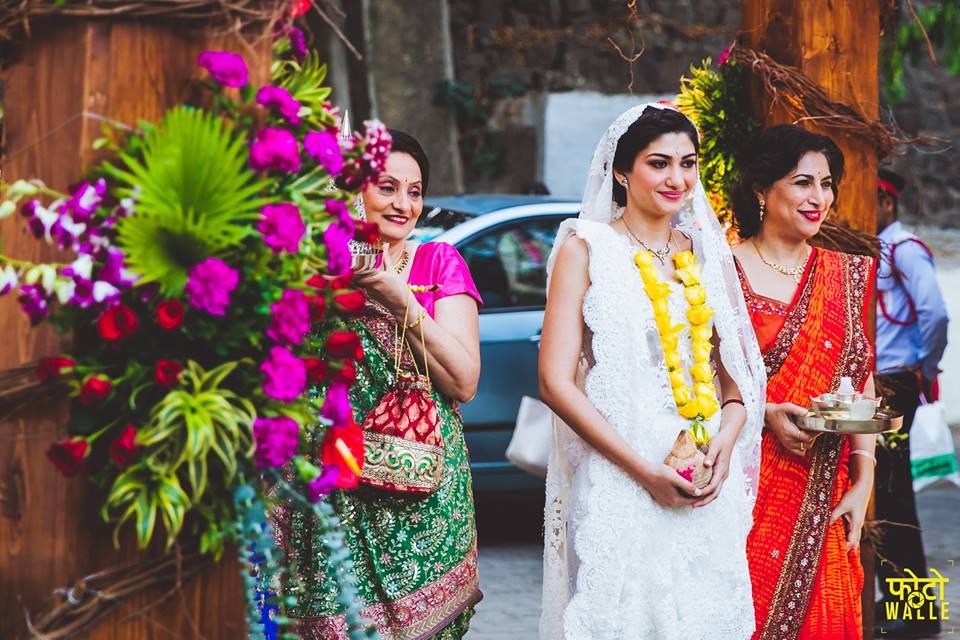

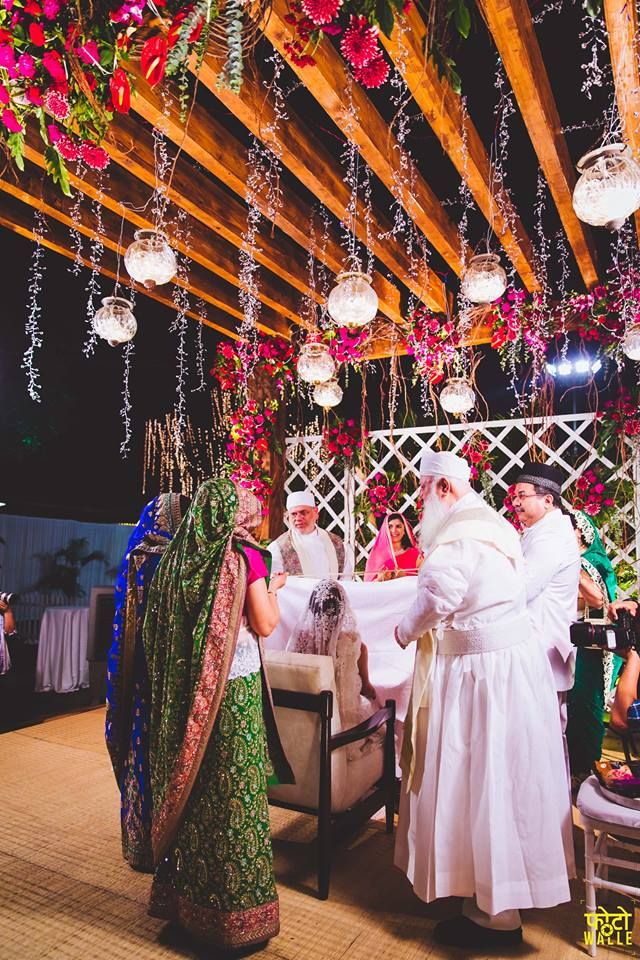
- During the first part of the ceremony, called the Ara Antar, the bride and groom sit facing each other, separated by a curtain held up by two people (usually representatives from the bride and groom’s sides). The couple each holds a fistful of uncooked rice as the dasturjis (Parsi priests), with a length of thread, circle them seven times.
- Once the seventh circle is complete, the curtain is dropped, and the bride and groom shower each other with rice. They say the first to throw the rice becomes the dominating one in the relationship. Place your bets at the gate.
- Dominance asserted and accepted—that is, once the curtain is dropped and the rice is thrown, the couple sits side-by-side, bound by the seven strands of thread, their witnesses at their sides. The priests begin the main part of the wedding aashirwad or blessings in a ceremony called the Chero Bandhvanu.
- As the blessings reach completion, the newlyweds are showered with rice and rose petals. They exchange rings and are finally declared var and bairi.
- After the ceremony, the couple visit the fire temple (which is at the venue itself), and are then greeted by relatives and friends.
- The rest is a blur of drinks, dancing and food.
Parsi bride Saris + Makeup
Originally, Parsi brides wear white lace sarees. White is auspicious and pious for us- it's the colour we wear to funerals and weddings alike. Our sudreh (holy shirt worn under garments) is also white. However, the trends are changing - brides like experimenting with pastel colours or many even wear gold sarees (so risque, Hehe). With lots of mixed marriages, brides are choosing to wear anything they like including lehengas as well, but I still see sarees being the main choice. I got mine from Ayesha Chinai and it turned out to be fabulous. For beautiful, elegant parsi gara sarees (for kin and wedding guests) try out Ashdeen Lilaowala - he has gorgeous hand made garas with a modern twist and also does some very classy wedding sarees.

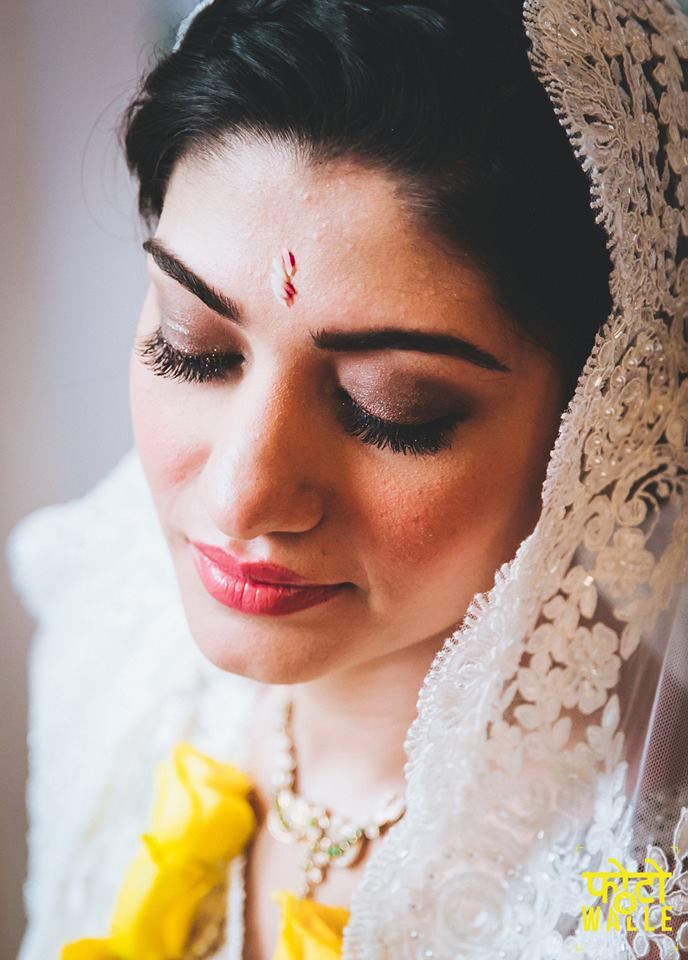
Food at Parsi weddings
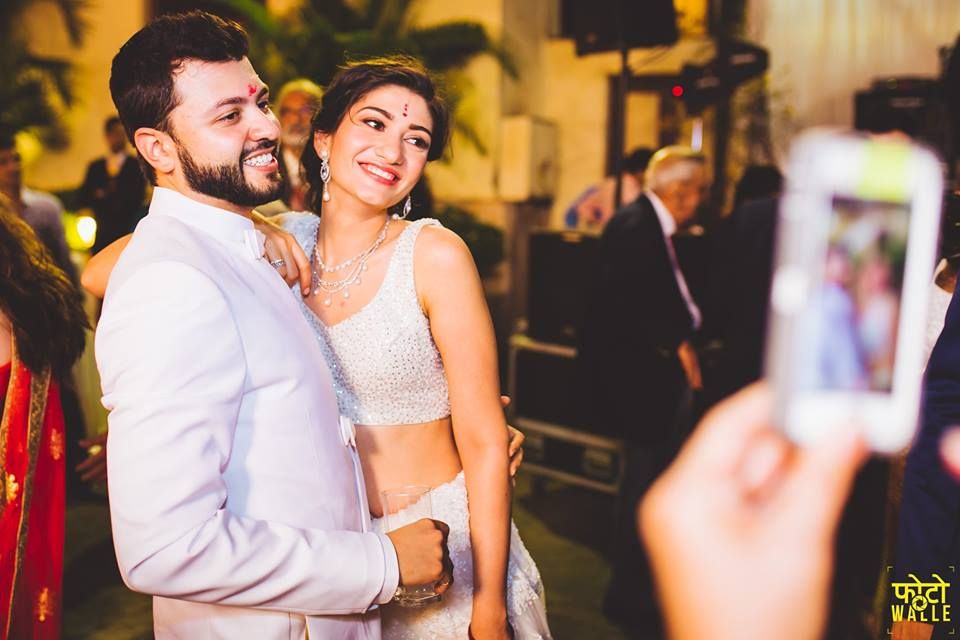
It's all about food and drinks. People come just to savour the lavish Godiwala (caterer’s name) 'bhonu' which is a sit down 5-6 course parsi meal eaten on banana leaves. It’s a 90% non-vegetarian affair and my god, it’s a feast. Drinks at our wedding were served well before the wedding ceremony so people build up quite the appetite. Also there's almost always a live band that people necessarily have to dance at. It's like 5-6 days of a wedding cramped up in 5 hours - it’s always a merry affair as it is generally the only wedding function. :)
Guest list & Pre-Wedding Events

Most parsi weddings are small and average guest size is about 500-600 people, but can go up much higher. Only problem, there is one popular parsi venue (Colaba Agiary) that can hold only up to 1000 people.
We somehow managed to have 5 other wedding functions (3 company functions, one brunch party, one youngsters party) - but that is generally not the case usually at Parsi Weddings. Generally, and most traditionally, parsis have a madav saro function where both sides pot plants for the couple’s fertility. Generally it happens at home or if you have a garden or house outside of Bombay, it’s possible to plant trees - we did this in Daman :). Very traditionally, the function involves about 5 married ladies with children from each side who sit and do about 45 minutes of various rituals.
Vendors: Photography: Fotowalle Bride's outfits: Ayesha Chinai & StitchMyFit.com Makeup: Dilshad Ukaji

